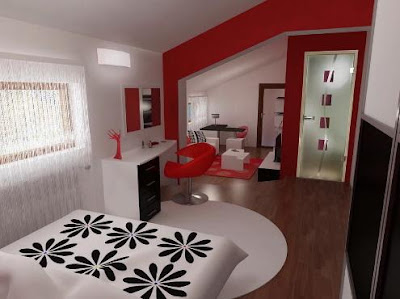Not only does painting bring out a completely new face to your house, it also gives you a feel if exclusivity to your place. For those living in Toronto, painting of your property is no different. There are many painting and renovation companies in Toronto offering a variety of products, rates and experiences. For those who are looking for a painter in Toronto to paint their house, we provide you with a few tips. Decide the budget or the money you are ready to shelve out on the renovation or the painting of your house.
Once you have decided upon the budget, look around and search for the painting company that offers you the best of the rate. Then again, your budget and rate for the painting will depend on the kind of painting you are looking forwards to. In Toronto, the painting is divided chiefly into three sections – commercial or residential; decorative or plain; exterior or interior. Depending on which category you choose, you painting budget will vary.
Finding a painting company or a painter is not a difficult job in Toronto. In case you are more at home at your home, try checking out the various painting companies in Toronto online. You can get the quotes and rates online, while also getting to choose from their various services. While deciding on the painting company in Toronto, do not simply choose one with budget as a benchmark. Research well as to what performance a particular painting or interior design company has had in the past. Cheap money might bring in cheap output too. The painting in













